Living in harmony: Stories from Nepal
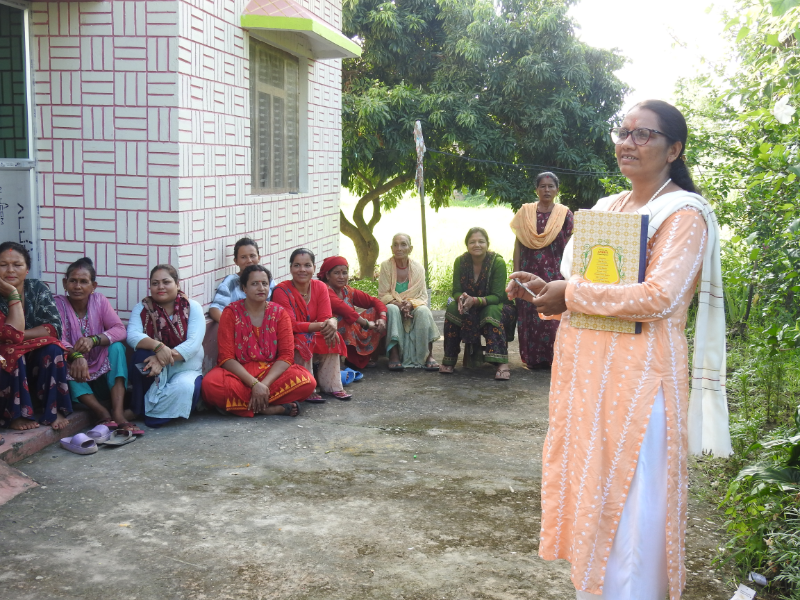
Devaki Pandey conducting meeting with her farming group. Credit - ZSL Nepal.
Stories of success: Addressing the challenges of human-wildlife conflict in Nepal.
The Zoological Society of London (ZSL) has been implementing a five-year project (2023-2028), ‘Championing change: living in harmony with wildlife in lowland Nepal’. The project aims to address the challenge of human-wildlife conflict (HWC), which affects both people and wildlife, as wildlife populations are dispersing outside protected areas due to habitat fragmentation. The project has initiated new interventions in the buffer zone and they have also been supporting the existing initiatives. Some of the successful case stories of the project are presented below:
Leading communities through community bank initiatives
Devaki Pandeya, 48, has been leading her community near Shuklaphanta National Park for the past decade. She lost her husband due to a wildlife attack when her children were very young, causing a significant upheaval in her life. This tragedy sparked her interest in managing human-wildlife conflicts. She frequently visited the park office to secure government compensation and sought additional support for sustainable options for community women. With assistance from ZSL Nepal, she established the 'Shree Ram Agriculture and Goat Farming' group, which started with 10 members and has now grown to 42. This group offers savings and soft loan facilities to local women through a community bank.
The community bank received an additional NR. 160,000 from our project and has consistently provided loans to women over the years. These loans have alleviated financial burdens, enabling women to engage in agricultural businesses. Devaki, who has managed the community bank throughout this period, has become an expert in the field. She now trains other newly established community bank institutions in bookkeeping, financial management, and leadership development. Respected as a guardian in her community, she is often sought for guidance and support.
Devaki says, "I enjoy all this social work and will continue working for the community." She adds that her leadership skills and confidence have significantly improved thanks to the community bank.
Creating sustainable livelihood options
Sita Devi Sunar, 50, bought three goats with a loan of NRs. 20,000 in 2017 from the Aadarsha Agriculture and Goat Rearing Group, marking the start of her journey towards financial independence. Her herd of goats steadily increased, supported by additional soft loans from the group's community banking service. She expanded her farm to include cows and buffaloes and also started commercial vegetable farming. Despite facing initial hesitation from her community to buy her milk and products due to her being a scheduled caste, the high quality of her milk has made her products popular locally. Predator-proof corrals have protected her goats from wildlife attacks, further boosting her income. Today, she sells around 20 L of milk daily, providing a sustainable income for her household.
 Sita Devi flaunting her cattle. Credit - ZSL Nepal.
Sita Devi flaunting her cattle. Credit - ZSL Nepal.
Integrated approach of conservation
In the northern buffer zone of Parsa National Park, the increasing wildlife population near human settlements has led to more human-wildlife conflicts and wildlife fatalities. To address this pressing issue, the project employs an integrated conservation approach, involving multiple methods and community participation in every action.
For habitat conservation, the project has focused on wetland and waterhole management. Efforts include restoring Kamini Daha and waterholes in the Manahari Buffer Zone User Committee (BZUC) area by clearing bushes, removing debris, cleaning inlets, maintaining outlets, and soil excavation. Additionally, provisions for filling the pond with tank water during dry seasons have been made to ensure a sustainable water source for wildlife.
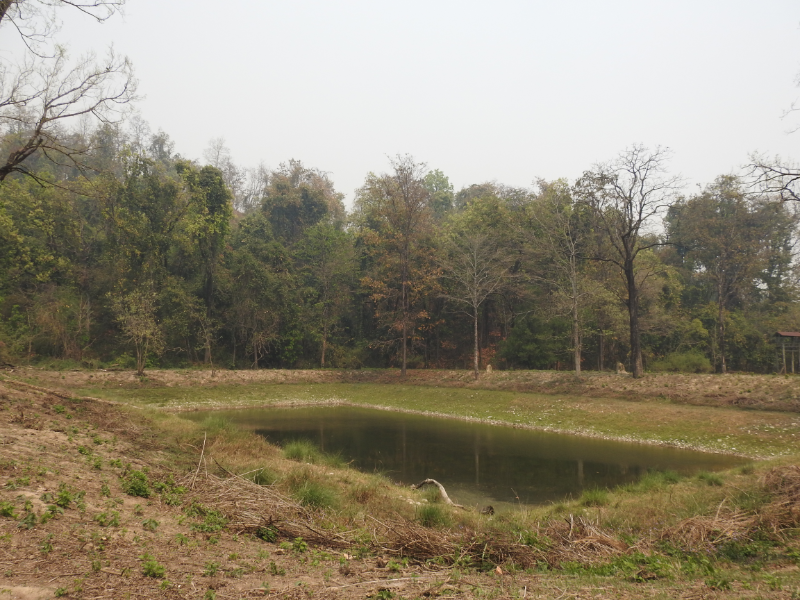
In the Pratapur area of Manahari BZUC, a 40 ha grassland, vital for rhinos, elephants, tigers, leopards, swamp deer, and other herbivores, was managed by removing invasive species and dead trees through slashing, burning, and clearing.
A joint community forest management approach was implemented to enhance and preserve 1,000 ha of northern community forest in Parsa National Park. This includes planting 7,500 saplings over 5 ha and constructing a 243 m mesh wire fence in Chetana Buffer Zone Community Forest (BZCF) to alleviate grazing pressure and improve plantations. This fence protects 170 households from potential wildlife conflicts.
To minimise human-wildlife conflicts and reduce livestock depredations, 120 predator-proof corrals (PPC) were constructed in three project communities. Maintenance of an 11 km solar fence in Manahari BZUC and Amleshwor BZUC aimed to prevent wild elephants from entering farmland, securing 950 households and 410 ha of agricultural land from wildlife intrusion.
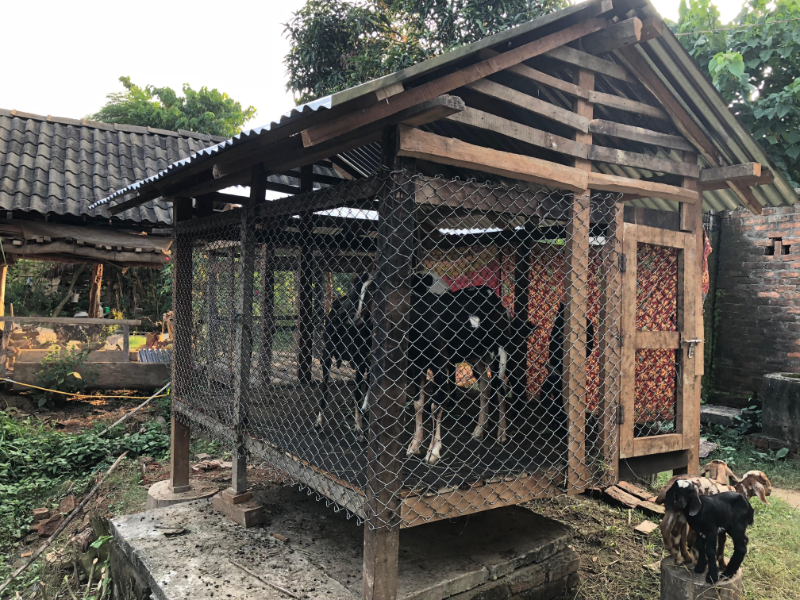
Furthermore, three existing and three new community streetlights were maintained to provide improved nighttime visibility, especially from elephants, for 210 households in Amleshwor village. Finally, 325 m of mesh wire were installed in Chakari BZCF of Lokhit BZUC, benefiting 170 households and 150 ha of agricultural land.
Training programmes in nature guiding and hospitality skills were conducted to create nature-based job opportunities for youth, with 15 members (3 males and 12 females) participating in the Amleshwor Buffer Zone homestay programme.
All these efforts have received significant support from local community members, especially women, whose participation is expected to have a multiplier effect on conservation initiatives. As we are yet to reap the full-fledged benefits of the efforts, we continue to strive for the conservation through integrated participatory approach.
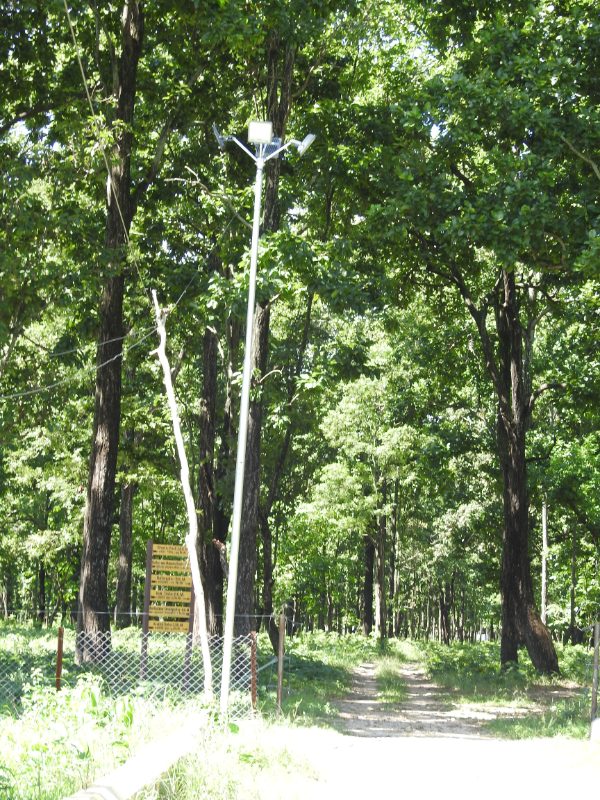
Written by Asmita Pandey. For more information on this Darwin Initiative Extra project DAREX008, led by Zoological Society of London (ZSL), please click here.
 Back
Back